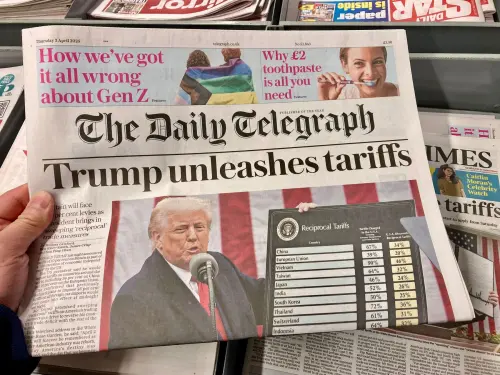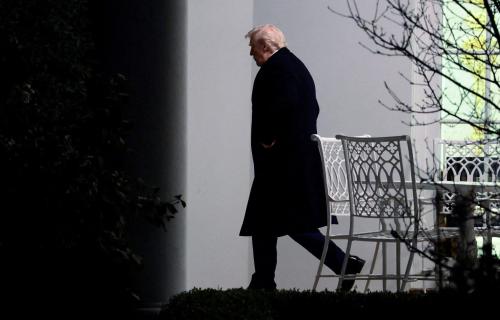The relationships between the United States and China, on the one hand, and the European Union and China on the other, appear to be heading in different directions. The annual summit between the latter two opens in Brussels on June 29, just days after the 7th round of the U.S.-China Strategic & Economic Dialogue.
The two gatherings will be quite different. Unlike the meeting that just took place in Washington, there is little chance that Europeans and Chinese will discuss cyber issues and security in the South China Sea. Under the current European leadership, it seems no one wants to make China uncomfortable. While U.S. Vice President Joe Biden suggested that China was perhaps not “a responsible competitor” in cyberspace, it’s hard to imagine European Council President Donald Tusk and European Commission President Jean-Claude Juncker touching such sensitive topics when they meet Chinese Premier Li Keqiang.
Shared interests
China has a growing interest in partnering with Europe, a continent facing substantial economic and institutional difficulties (for one, Greece’s status in the eurozone remains unclear). The upcoming EU-China summit—which will follow the framework of the jointly agreed EU-China 2020 Strategic Agenda for Cooperation—will focus on key issues such as intellectual property rights, research and innovation, the digital economy, and migration.
Other agenda items include signing an agreement on climate change—which could build momentum for the Paris conference in December—and a polite talk on “recent developments in the EU’s and China’s respective neighborhoods.” That conversation will likely stress the importance of dialogue, international law, and crisis management mechanisms.
Perhaps the most interesting aspect of the summit will be a statement on China’s potential role in Juncker’s newly created European Fund for Strategic Investments (EFSI), which totals €315 billion. The fund’s aims include relaunching growth and job creation in sectors ranging from innovation to research, education, and transport infrastructure. At Brussels’ request, EU countries have already submitted an initial list of about 2,000 investment projects.
In the run-up to the summit, Chinese officials have highlighted complementarity between the Juncker plan and their “One Belt, One Road” initiative. That project would build infrastructure across China, Central Asia, and the Middle East through an 11,000 kilometer “new Silk Road.” Could it go as far as Europe? Chinese leaders say yes, though there are few details as of yet.
Several key European countries (including Germany, France, and Italy) have already announced their contributions to the EFSI. In order to finalize the budget, however, Juncker’s teams will have to also rely on private investors. The plan is open to third parties, too, including entities outside the EU. China has been offering its help on this, but Commission officials say no concrete proposals have been presented. The final joint statement will include points on China’s interests, but will probably come short of expressing Europe’s interest on the new Silk Road.
Investment on the rise
China is currently a relatively small investor in Europe—it accounts for around 3 percent of total foreign direct investment. However, it has dramatically raised its presence over the past five years: A February report showed Chinese investment in Europe reached $55 billion last year, including infrastructure projects in the U.K., Greece, Italy, Romania, and Bulgaria.
Chinese leaders will try to reinforce the Sino-European relationship once the China-EU bilateral investment treaty is finalized (it is now in the final drafting stages). The aim is to ensure both protection and market access provisions for European and Chinese investors alike. China will then have many more opportunities to invest in Europe, as will Europe in China (until now, a number of sectors in China have been restricted to domestic players).
Meanwhile, there is much interest in Europe for the new China-backed Asian Infrastructure Investment Bank (AIIB). After welcoming the U.K., Germany, France, and Italy as founding members, it may also welcome the European Union as a separate member in the coming months. The AIIB is currently drafting its bylaws with the help of several organizations, including the European Investment Bank.
In economic arenas, therefore, Europe seems to be gradually developing a closer relationship with Beijing. Interestingly, this is not necessarily so for the United States, which—as the Strategic & Economic Dialogue demonstrated this week—has a much more complex relationship with China.
The Brookings Institution is committed to quality, independence, and impact.
We are supported by a diverse array of funders. In line with our values and policies, each Brookings publication represents the sole views of its author(s).



Commentary
EU-China Summit: What happens when the U.S. isn’t watching
June 26, 2015